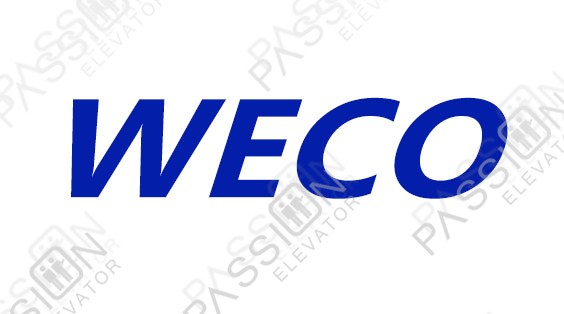Elevators for Tall Buildings
Elevators in high-rise buildings are a necessity. They move people without noticeable waits, transport staff and materials, complement the building design, and enhance the building’s market reputation. Elevators must operate safely and seamlessly.
When buildings are designed, architects enlist the assistance of elevator specialists to determine the proper number, grouping and type of elevators. This approach ensures adequate capacity and provides appropriate waiting times without providing too many elevators. High-rise buildings, those with more than 20 floors above the lobby, can have multiple elevator groups, low-rise, mid-rise and high-rise for example, and sometimes parking, retail and special use elevators, along with service and material elevators.
In most high-rise structures, elevator cabs are suspended from steel cables which are moved by a hoist machine, which then propels the elevator cab. This article addresses structural designs to accommodate traction elevators (Figure 1). These elevators can have capacities ranging from 2,500 to 20,000 pounds or more, and travel at speeds ranging from 200 feet per minute (fpm) to more than 2000 fpm.












































